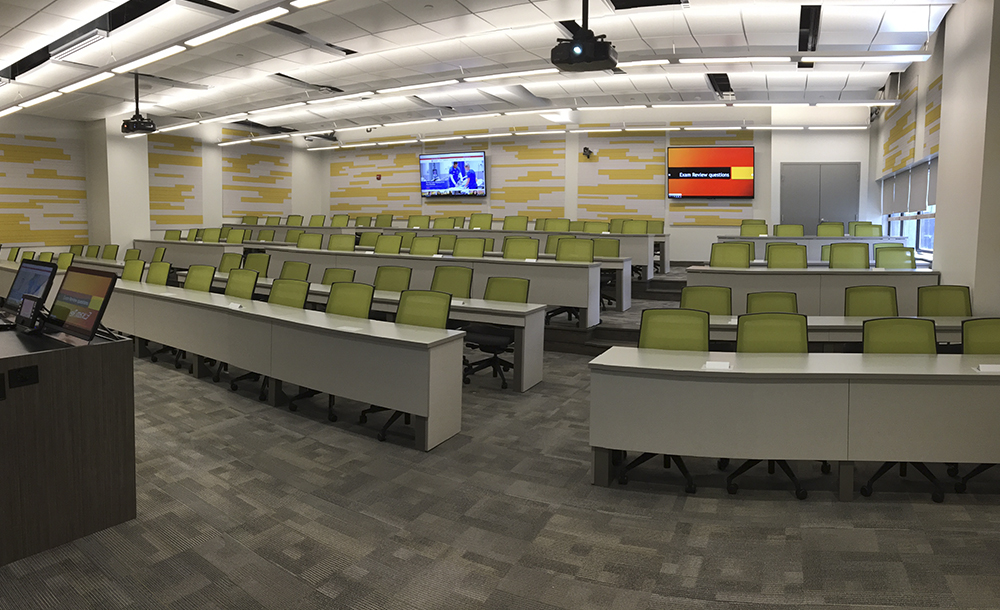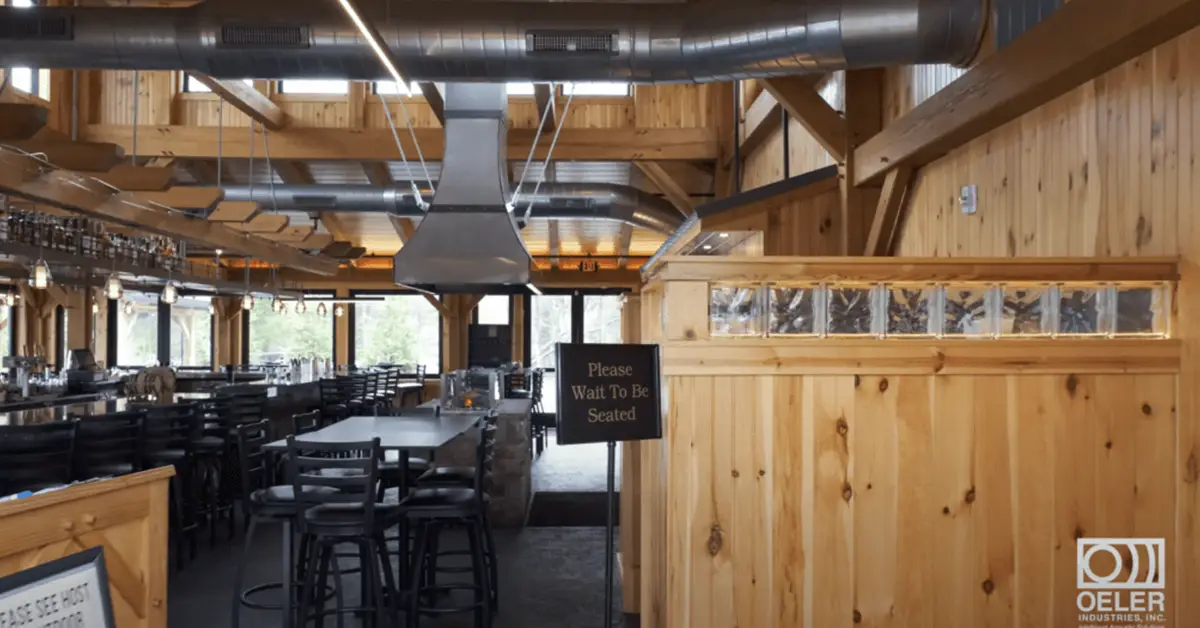X

Classroom noise is a pervasive inhibitor for student learning, but classrooms don’t have to be noisy.
Poor acoustics is a problem in classroom environments around the country. A student’s ability to learn is greatly reduced in a noisy classroom. Reverberation and background noise can make it difficult to hear and understand the instructor, reducing concentration and attention span. The problem is even more serious for students with hearing problems, learning disabilities, or language barriers.
The United States is going through its largest phase of school construction and renovation in history. Although the need for good classroom acoustics has been known for decades, until fairly recently this information was not made readily available to architects and school planners.
In addition to room reverberation, HVAC system noise can be an issue, especially in buildings with older HVAC systems. When designing an HVAC system in new schools there are some basic guidelines that will eliminate most mechanical noise issues:
We use best-in-class techniques to examine acoustic problems before recommending a solution
Using data collected from our analysis, we create custom solutions to solve your unique acoustic challenges
Using rugged commercial grade materials, our intelligent acoustic solutions look great, sound amazing, and stand the test of time
With the success of our students at stake, classroom noise must be treated carefully and effectively. By leveraging our complete range of products and expertise, we design intelligent acoustic solutions that improve the lives of students and faculty.
As experts in acoustic design, we can help develop an effective, comfortable, and aesthetically pleasing acoustic solution that helps your organization improve the quality and productivity of time spent in your facility.
Our project managers will work with you to assess your noise control needs. With a keen focus on delivering a turn-key solution, we can help design an acoustic package to solve any noise issue.

After a 13-month hiatus, the Greer Cabaret Theater made its return in September 2023 following a $6 million renovation, which included significant improvements to the acoustic environment. The renovation project was a joint effort between DLR Group from Ohio and mossArchitects based in Pittsburgh. DLR Group, leveraging their in-house acoustic specialist, spearheaded the design of […]

As the holiday season is in full swing, businesses set out on a mission to craft unforgettable experiences for customers. With all the festive decorations and sparkling displays, the often-overlooked yet influential element of sound, more specifically the acoustic engineering of the space, has the potential to transform these experiences into cherished memories. Whether in […]

Today, in the tough world of business competition, your brand goes beyond just a logo. When people step into your physical spaces, whether it is a store, office, or restaurant, they enter a carefully curated world that tells your brand’s story. This story goes beyond mere looks – it is about creating a connection that […]